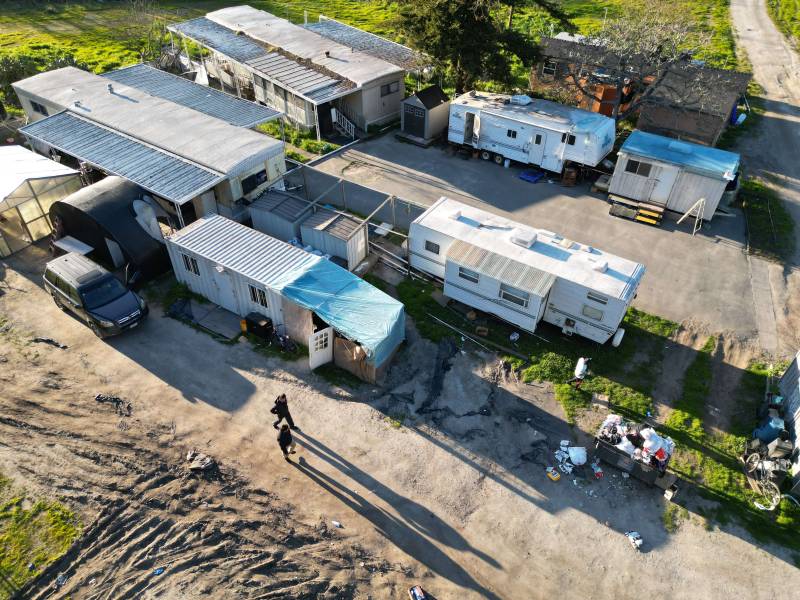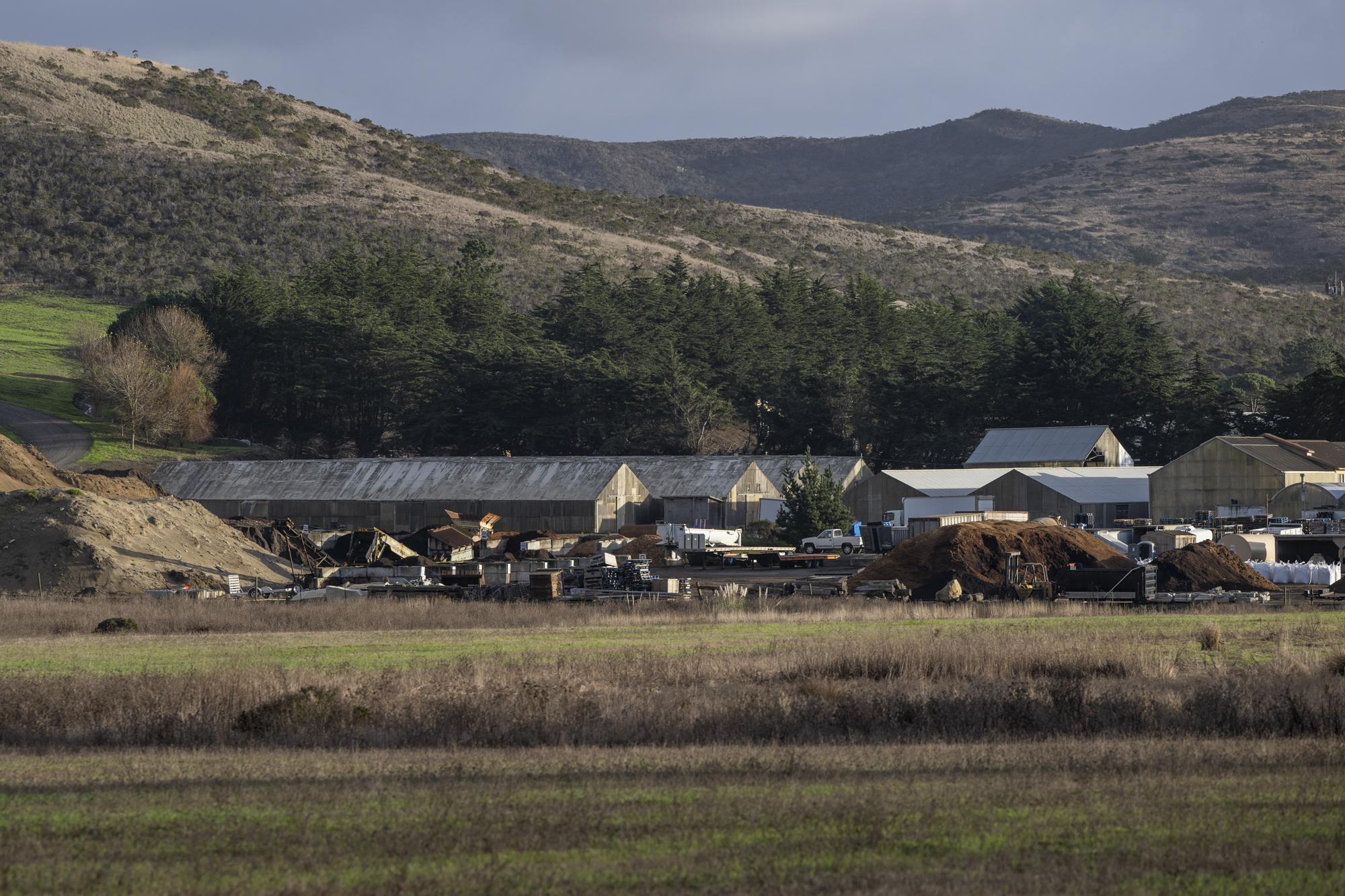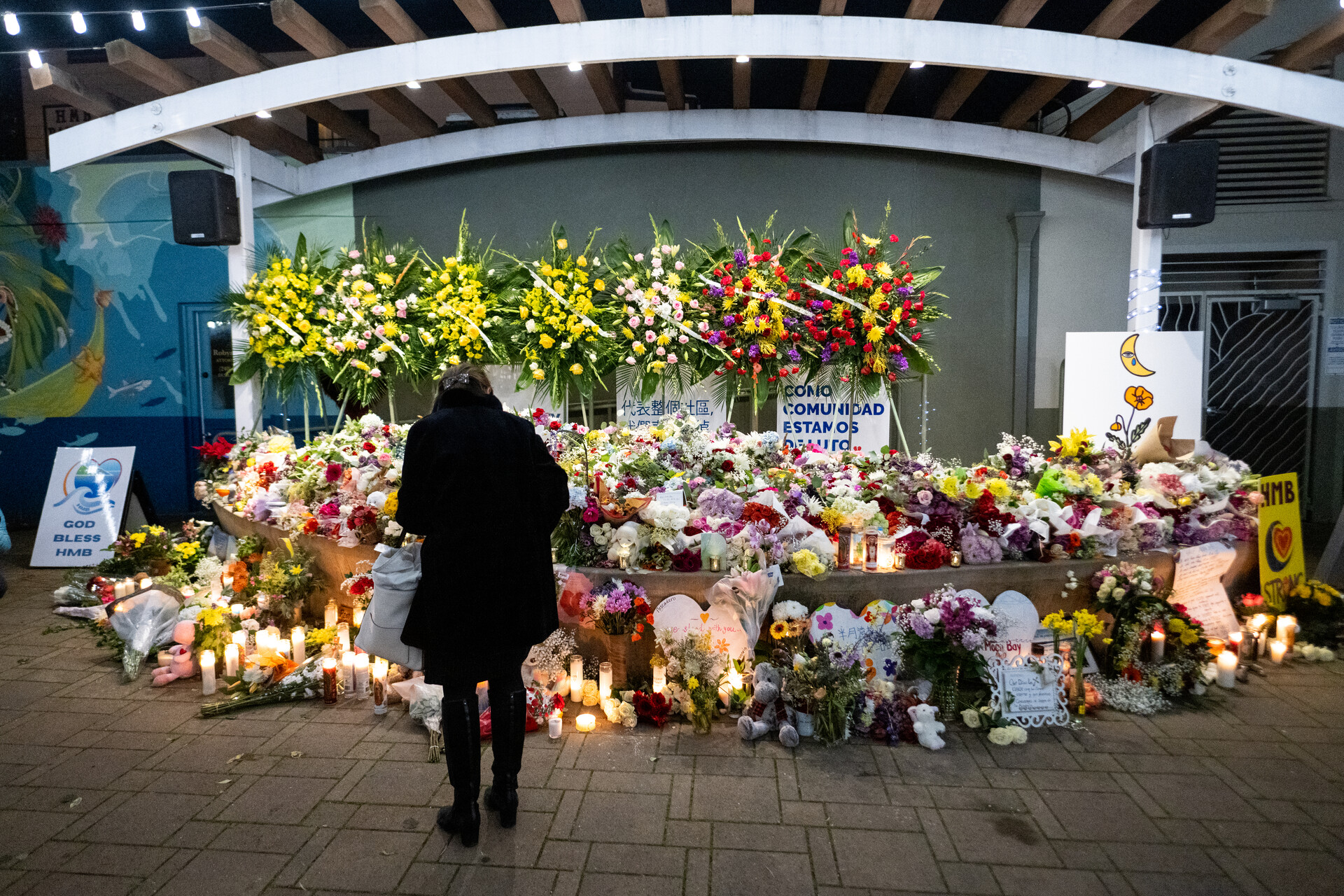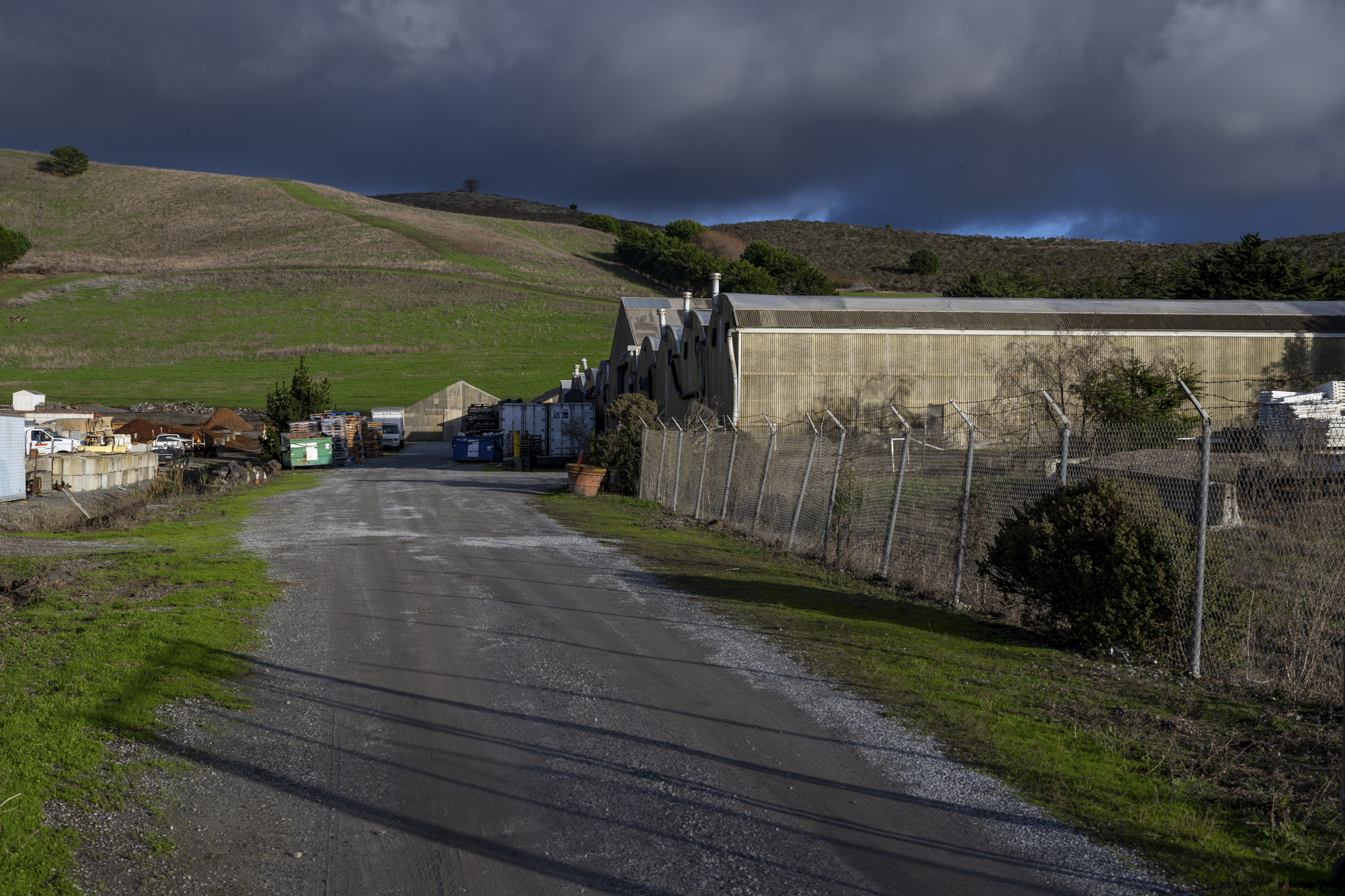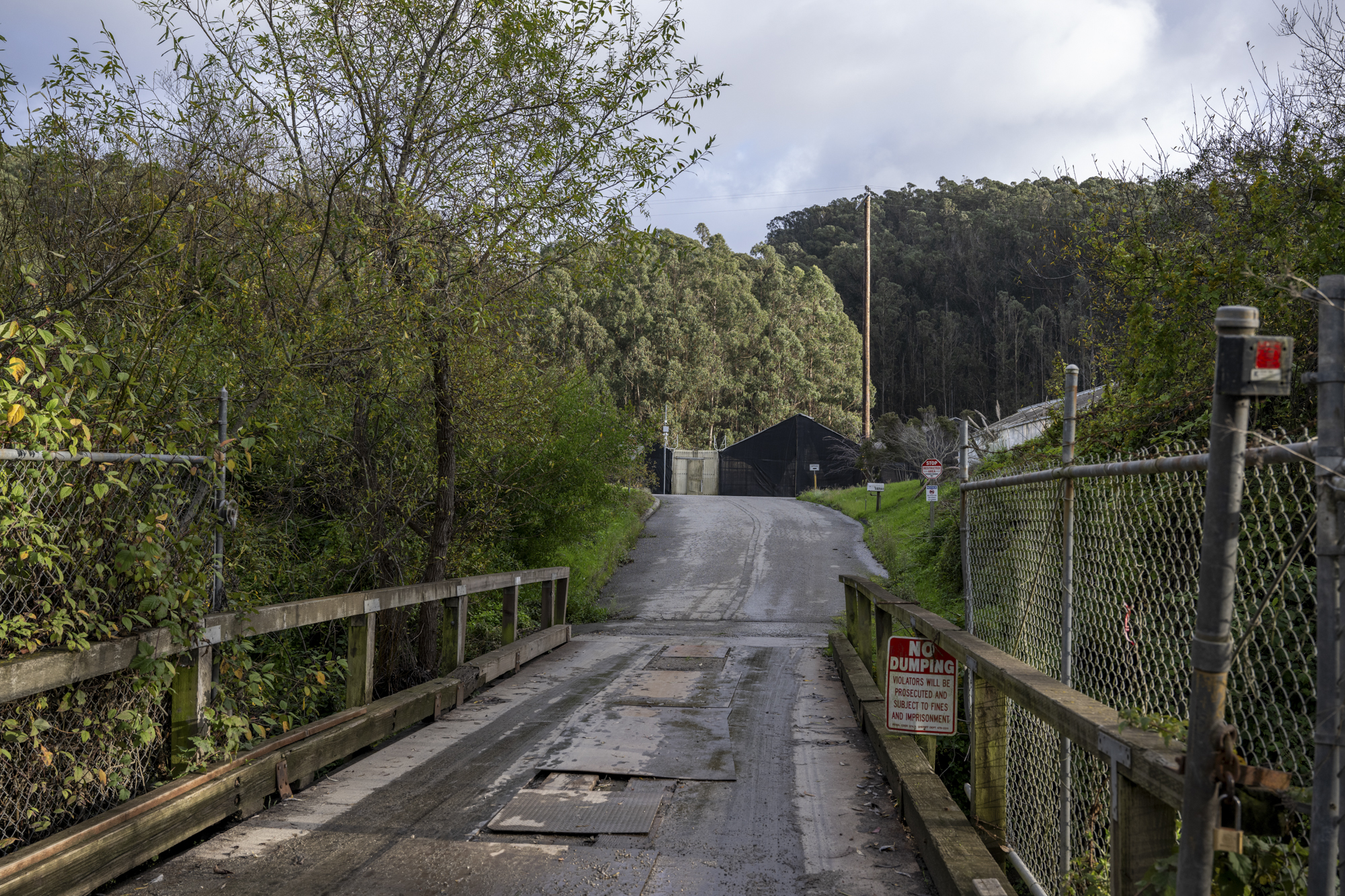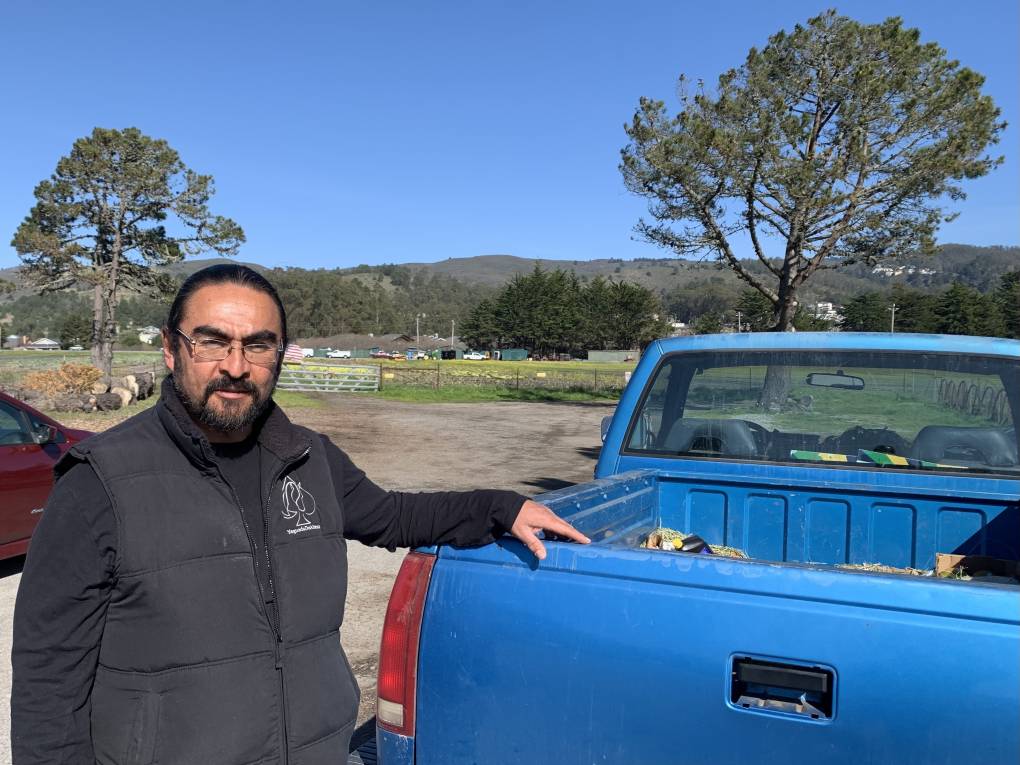The five Chinese farmworkers sitting together in Half Moon Bay Library on a foggy afternoon last month were there to receive information about their permanent homes.
It had been almost a year since they were displaced by the mass shooting at two produce farms in the small city on California’s coast. They lost more than their homes. They also lost their sense of community and safety.
The deadliest shooting recorded in San Mateo County was the third in a week of gun violence that rocked California in 2023.
On Jan. 16, six people, including a teenage mother and her infant son, were massacred in a house in Goshen, an unincorporated community in the Central Valley.
On Jan. 21, a gunman opened fire in a Monterey Park dance studio, killing 11 people celebrating the Lunar New Year.
Then, on Jan. 23, seven people were killed across two mushroom farms about three miles apart in Half Moon Bay. Five of the victims were Chinese, and two were Latino. Almost 30 people who lived on the farms in sheds, shipping containers and converted trailers were left unhoused.
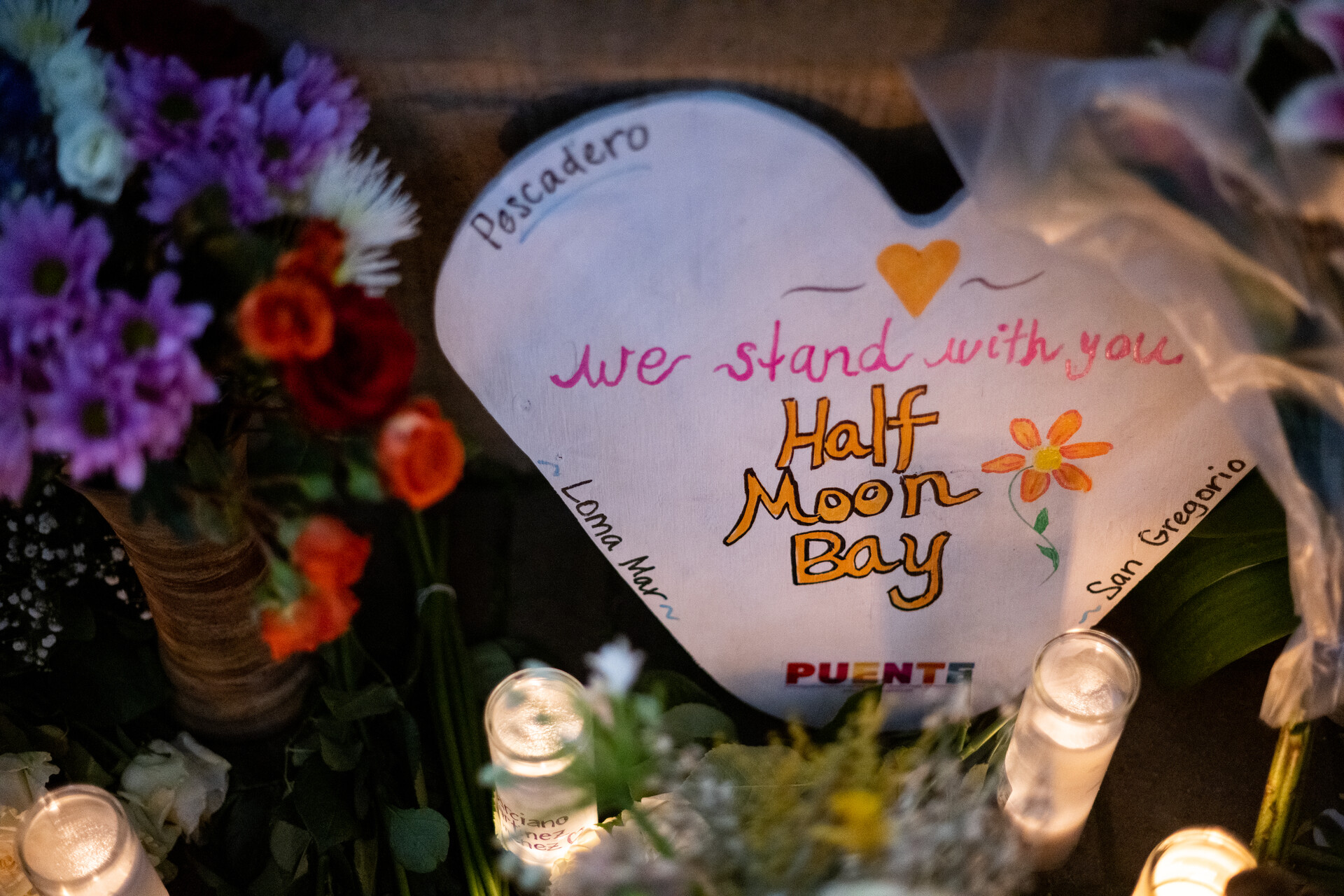
The mass shooting brought renewed attention to the living and working conditions of California’s farmworkers. Farmworkers, many of whom are undocumented immigrants and fear deportation, are less likely to report safety violations and wage theft. In the state where the national movement to organize farmworkers began more than five decades ago, agricultural laborers still face employer retaliation for unionizing.
Many who toil in fields for long hours and low wages struggle to afford housing and find themselves sleeping in unsafe structures on farms. But experts, community advocates and survivors interviewed by KQED for this story said the gun violence in Half Moon Bay exposed the emergent vulnerability of Chinese farmworkers, who are almost invisible because they represent a sliver of migrant farmworkers.
Yvonne Lee, a member of the U.S. Department of Agriculture’s Equity Commission, said AAPI farmworkers are vulnerable because of isolation. The closest Chinatown to Half Moon Bay is in San Francisco, about an hour’s drive.
